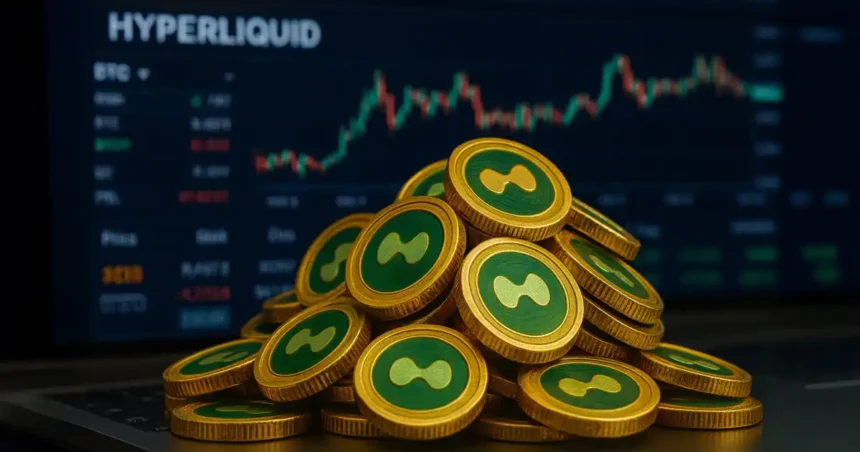October is proving to be a record-breaking month for decentralized perpetual trading, crossing the $1 trillion mark in trading volume and significantly outperforming August’s $762 billion. According to data from DefiLlama, this surge highlights the growing dominance and maturity of decentralized derivatives platforms within the crypto ecosystem.
Leading the pack is Hyperliquid, which recorded an impressive $317.6 billion in trading volume for the month so far. Following closely are Lighter with $255.4 billion, Aster with $177.6 billion, and edgeX with $134.7 billion. On October 10 alone, decentralized perpetual exchanges reached a remarkable $78 billion in daily volume — underscoring the rapid growth and investor interest in this sector.
If the current momentum continues, October is on track to close at approximately $1.3 trillion, nearly doubling the figures seen just two months ago.
Why Perpetual Contracts Are Gaining Massive Popularity
Perpetual contracts have become a favorite among traders thanks to their 24/7 availability, high leverage, and profit opportunities in both bullish and bearish markets. These features have made them an attractive tool for speculative traders seeking flexibility and liquidity.
While decentralized perpetual exchanges still represent a smaller portion of global trading compared to giants like Binance and Bybit, the gap is narrowing fast. Innovations in user experience, on-chain efficiency, and wallet integration are fueling this shift.
Hyperliquid Leads the Next Evolution in Decentralized Trading
Among all decentralized exchanges, Hyperliquid has emerged as a clear frontrunner. The platform’s recent integration with MetaMask has enhanced accessibility and usability for retail traders, signaling a major step forward for decentralized finance (DeFi).
As trading technology continues to evolve and liquidity deepens, decentralized perpetual exchanges are poised to become a serious contender to centralized platforms, reshaping how traders interact with digital assets in the years ahead.



